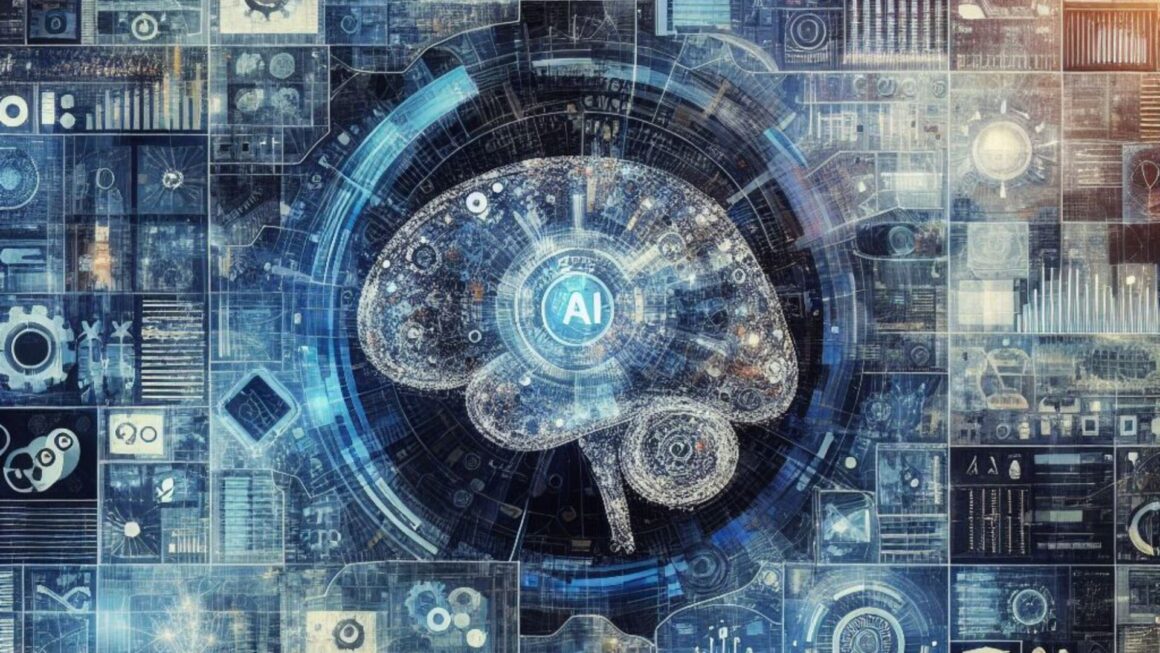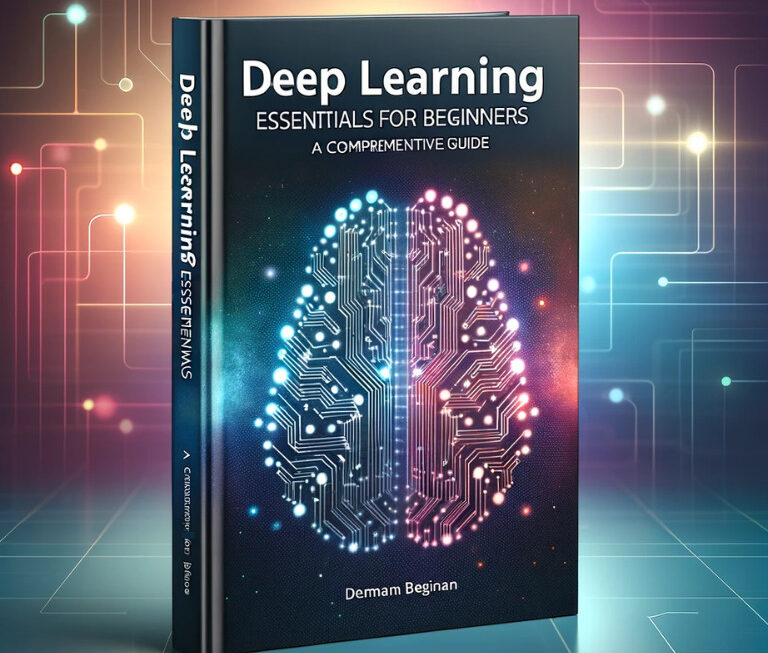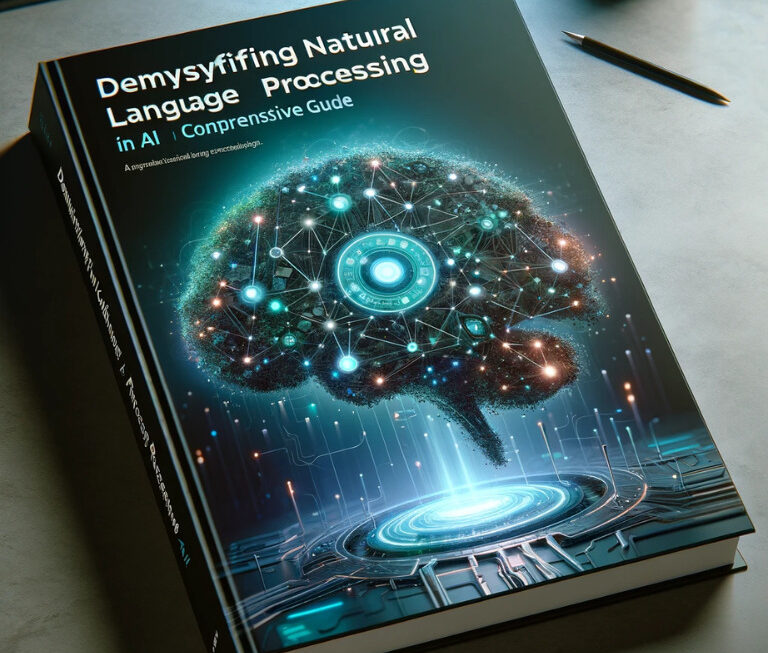In today’s rapidly evolving digital landscape, the performance of software applications can make or break a business. Whether it’s an e-commerce platform handling thousands of concurrent users during a holiday sale or a banking application processing millions of transactions daily, the need for reliable and scalable performance testing has never been more critical. This is where Artificial Intelligence (AI) steps in, reshaping the landscape of performance testing and ensuring that applications can handle the demands of the modern world.
Understanding the Basics of Performance Testing
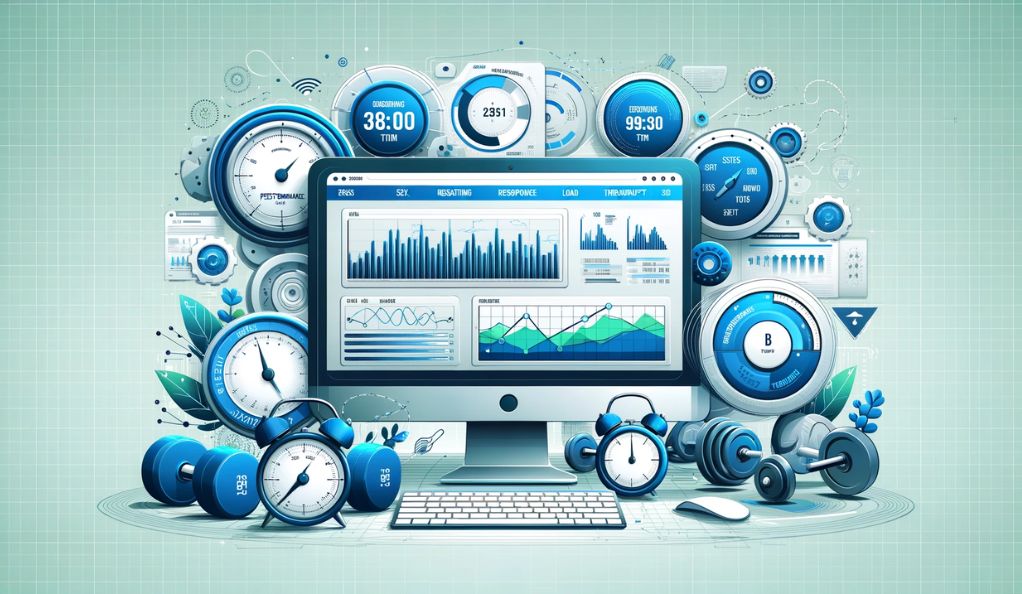
Performance testing is a fundamental practice in software quality assurance, designed to evaluate how a system performs under specific conditions. Traditionally, this process involved subjecting a software application to various loads and scenarios to measure its responsiveness, stability, and resource usage. Performance testing helped identify bottlenecks, predict system behavior under stress, and validate other essential quality attributes like scalability and reliability.
However, as technology advances and software systems become more complex and dynamic, traditional performance testing methods have faced limitations. The dynamic nature of today’s applications, coupled with the need for rapid development and deployment, has made manual performance testing increasingly inadequate.
This is where AI comes into play, revolutionizing the way we approach performance testing. AI-powered performance testing harnesses the capabilities of machine learning algorithms, predictive analytics, and real-time monitoring to create a more dynamic and efficient testing process. It goes beyond static test scenarios and adapts to the ever-changing conditions of modern applications.
The Role of AI in Enhancing Traditional Testing Methods
AI-powered performance testing enhances traditional testing methods in several key ways:
- Predictive Analysis: AI algorithms can analyze historical data and predict potential performance issues before they occur. By identifying patterns and anomalies in application behavior, AI helps teams proactively address performance bottlenecks.
- Real-Time Monitoring: AI systems continuously monitor application performance, collecting data on response times, resource utilization, and user interactions. This real-time feedback allows for immediate action in the event of performance degradation.
- Scalability Testing: AI can simulate a wide range of load scenarios, from a few users to thousands or even millions, ensuring that applications can scale efficiently as user demand fluctuates.
- Data-Driven Decision-Making: AI analyzes vast amounts of performance data to provide actionable insights. Testers and developers can make informed decisions based on data-driven recommendations, speeding up the optimization process.
- Efficiency and Cost Savings: AI reduces the need for manual testing efforts, saving time and resources. It also minimizes the risk of human error in test design and execution.
The Evolution of Performance Testing
Performance testing has come a long way from its early days of manual, labor-intensive processes. The evolution of this discipline can be traced through various stages, each marked by advancements in technology and methodology.
From Manual Testing to Automation
In the early years of software development, performance testing was predominantly a manual endeavor. Testers would simulate user interactions, record results, and analyze the data to make performance improvements. While effective to some extent, this approach had limitations in terms of scalability, repeatability, and precision.
The advent of automation tools brought about a significant shift. Test scripts could be created to automate the execution of test scenarios, enabling more consistent and repeatable tests. However, these automated tests still required predefined scenarios and lacked the adaptability needed to address the dynamic nature of modern applications.
The Rise of AI-Powered Performance Testing
As software systems grew in complexity and users’ expectations soared, traditional performance testing methods struggled to keep pace. AI, with its ability to process vast amounts of data and adapt in real-time, emerged as a game-changer.
AI-powered performance testing incorporates machine learning models that continuously learn from application behavior. These models can predict how the system will perform under various conditions, allowing for proactive optimization. By analyzing historical data and monitoring current performance, AI can identify subtle patterns that human testers might overlook.
Case Studies: How AI Has Changed the Game
Let’s take a look at a few real-world examples of how AI-powered performance testing has made a significant impact:
E-Commerce Giant Optimizes for Peak Shopping Seasons: An e-commerce platform used AI-powered performance testing to prepare for holiday shopping seasons. By simulating traffic spikes and analyzing historical data, the platform optimized its infrastructure, resulting in seamless shopping experiences even during peak load times.
Banking Application Enhances Transaction Processing: A leading bank leveraged AI to improve the performance of its transaction processing system. AI algorithms continuously monitored transaction response times and detected anomalies. This proactive approach reduced downtime and ensured uninterrupted banking services.
Gaming Company Delivers Lag-Free Gameplay: Online gaming companies face constant challenges in providing lag-free gaming experiences. AI-powered performance testing allowed a gaming company to simulate various gaming scenarios and optimize server response times, delivering smooth gameplay even under heavy player loads.
These case studies highlight the versatility and effectiveness of AI in addressing performance challenges across different industries. AI’s ability to adapt, predict, and optimize makes it a powerful ally in the quest for scalability and efficiency.
AI Algorithms in Performance Testing
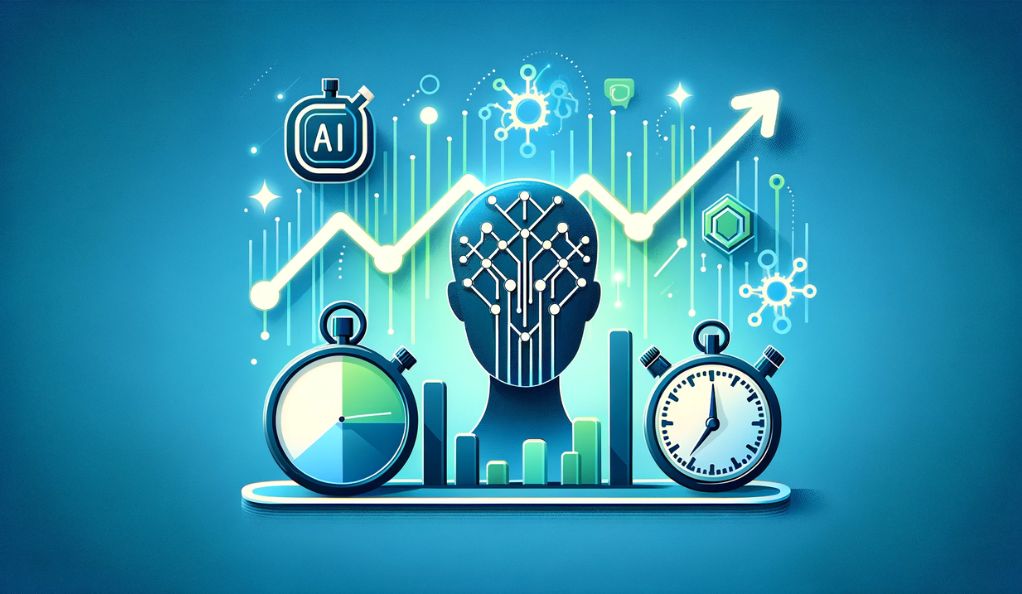
To truly appreciate the impact of AI-powered performance testing, it’s essential to understand the underlying algorithms that drive this technological evolution. AI algorithms play a pivotal role in the success of performance testing by enabling predictive analysis, real-time monitoring, and data-driven decision-making.
Machine Learning Models for Predictive Analysis
Machine learning algorithms lie at the heart of AI-powered performance testing. These models can be trained on historical performance data to recognize patterns, correlations, and trends. By extrapolating from past behavior, machine learning algorithms can make predictions about how an application will perform under various conditions.
Some common machine learning techniques used in performance testing include:
| Algorithm | Description |
|---|---|
| Regression Analysis | This technique models the relationship between input variables (e.g., user load, transaction volume) and the output variable (e.g., response time). Regression models can predict how changes in input variables will impact performance. |
| Classification Algorithms | These algorithms classify data into categories or groups. In performance testing, they can categorize test scenarios as normal, abnormal, or potentially problematic based on historical data. |
| Anomaly Detection | Anomaly detection algorithms identify unusual behavior in performance metrics. They are invaluable for spotting unexpected performance issues that may not conform to established patterns. |
| Neural Networks | Neural networks, inspired by the human brain, are used for complex, non-linear relationships in performance data. They excel at recognizing intricate patterns that may elude other models. |
AI for Real-Time Performance Monitoring
In the dynamic world of software applications, real-time monitoring is paramount. AI systems continuously gather and analyze performance data, providing instant insights into application health. This real-time monitoring serves several critical purposes:
- Immediate Issue Detection: AI can quickly detect anomalies in performance metrics. When deviations from expected behavior occur, AI systems can trigger alerts, allowing teams to take prompt corrective actions.
- Proactive Scaling: By monitoring resource utilization, AI can predict when additional resources (e.g., servers, database capacity) will be needed. This proactive approach prevents performance bottlenecks before they happen.
- User Experience Optimization: Real-time monitoring can gauge user interactions and response times. If user experience deteriorates, AI can help pinpoint the root causes, enabling swift remediation.
- Resource Efficiency: AI can optimize resource allocation in real time, ensuring that system resources are used efficiently. This includes load balancing and resource allocation adjustments based on current demand.
By combining predictive analysis with real-time monitoring, AI-powered performance testing brings unparalleled agility and responsiveness to the testing process.
Simulating Real-World Scenarios with AI
In the realm of performance testing, the ability to recreate real-world scenarios is paramount. AI empowers testing teams to simulate a wide range of conditions, helping ensure that applications can handle the complexities of the modern digital landscape.
Using AI to Create and Manage Test Environments
One of the challenges in performance testing is setting up test environments that closely resemble production conditions. AI-driven solutions streamline this process by automating the creation and management of test environments. Here’s how AI makes a difference:
- Environment Configuration: AI can configure test environments to mimic the production infrastructure, including servers, databases, and network conditions. This ensures that tests are conducted in an environment that accurately reflects the real-world setup.
- Scaling Capabilities: AI can dynamically scale test environments to simulate various load levels. Whether you need to simulate a small user base or a massive surge in traffic, AI can adjust the testing environment accordingly.
- Data Generation: AI can generate realistic test data, making it easier to simulate user interactions, transactions, and data exchanges. This eliminates the need for manual data preparation and ensures consistent test conditions.
- Resource Allocation: AI optimizes resource allocation within the test environment, ensuring that each component receives the necessary computing power, memory, and network bandwidth. This prevents resource-related bottlenecks during testing.
The Impact of Realistic Simulations on Scalability
AI’s ability to create realistic test scenarios has a profound impact on an application’s scalability. Here’s how AI-driven simulations benefit scalability testing:
- Capacity Planning: By simulating different load scenarios, AI helps organizations plan for the capacity needed to handle varying levels of user activity. This proactive approach ensures that applications can scale efficiently to meet demand.
- Load Testing: AI can simulate both expected and unexpected loads on an application. This includes simulating peak usage, traffic spikes, and even extreme conditions to assess how the system responds under stress.
- Stress Testing: Stress testing, which evaluates an application’s ability to handle extreme loads, becomes more accurate and comprehensive with AI. AI algorithms can dynamically adjust load levels, making it possible to push the system to its limits without compromising accuracy.
- Resource Scaling: AI can automatically scale the testing environment’s resources as needed. If a performance bottleneck is detected, AI can allocate additional resources in real time, preventing system failures and ensuring continuous testing.
- Predicting Scalability Gaps: AI can analyze the results of scalability tests and predict where the application may encounter scalability gaps in the future. This proactive insight allows organizations to address potential issues before they impact users.
Incorporating AI-driven simulations into performance testing not only accelerates the testing process but also provides a more accurate representation of how an application will perform in real-world scenarios. This, in turn, contributes to enhanced scalability and efficiency in software development.
Analyzing Test Results with AI
The true value of AI-powered performance testing emerges when it comes to analyzing test results and identifying bottlenecks. AI’s data-driven approach and sophisticated algorithms enable testing teams to pinpoint performance issues with precision.
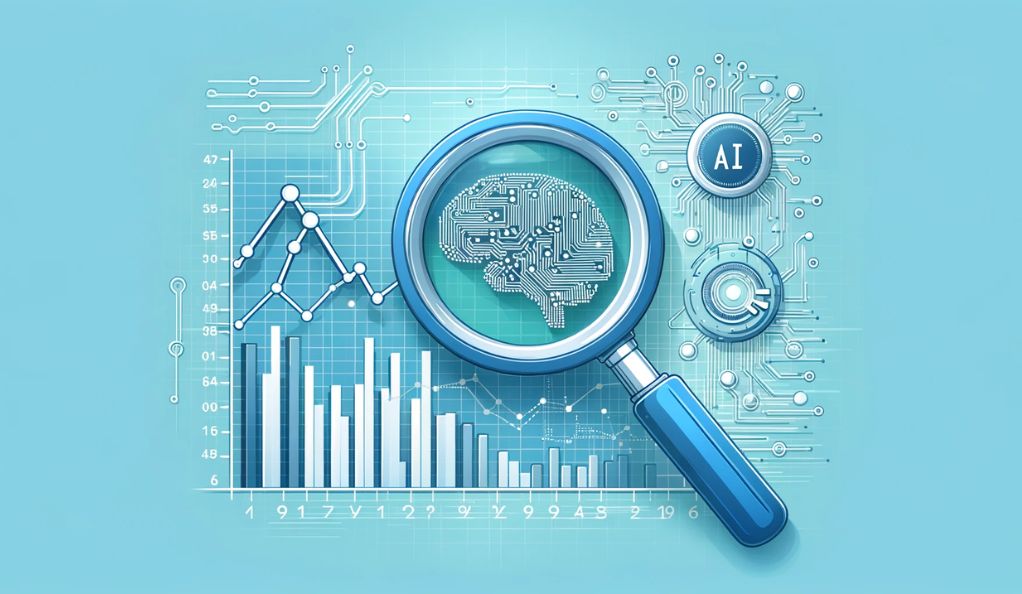
How AI Identifies Bottlenecks and Predicts Failures
Performance testing generates vast amounts of data, including response times, resource utilization, error rates, and more. Analyzing this data manually can be overwhelming and prone to human error. AI excels in this regard by automating the analysis process and providing actionable insights.
Here’s how AI plays a crucial role in identifying bottlenecks and predicting failures:
- Pattern Recognition: AI algorithms excel at recognizing patterns in performance data. By comparing current test results with historical data, AI can identify deviations and anomalies that may indicate a bottleneck or a performance degradation.
- Root Cause Analysis: When performance issues are detected, AI can perform root cause analysis to determine the underlying reasons. Whether it’s an inefficient database query, a network bottleneck, or an application code issue, AI can help testers quickly zero in on the problem.
- Performance Prediction: AI can predict future performance based on current data trends. This proactive approach allows teams to address potential issues before they impact users. For example, if a database is reaching its capacity limit, AI can recommend database optimization measures.
- Scalability Assessment: AI can assess an application’s scalability by analyzing test results at different load levels. This helps organizations understand how well their applications can grow to meet user demand.
- Resource Optimization: AI can recommend resource allocation adjustments to optimize performance. For example, if CPU usage is high during a test, AI can suggest reallocating resources to balance the load and prevent performance degradation.
Data-Driven Decision-Making in Performance Optimization
One of the key advantages of AI-powered performance testing is its ability to drive data-driven decision-making. Testers and developers can make informed choices based on AI-generated recommendations. This includes:
| Aspect | Description |
|---|---|
| Optimization Prioritization | AI can prioritize performance optimizations based on the severity of bottlenecks and their potential impact on users. This helps teams focus their efforts on the most critical issues first. |
| Continuous Improvement | With AI continuously monitoring performance, organizations can implement a continuous improvement cycle. AI provides feedback on the effectiveness of optimizations, allowing teams to refine their strategies over time. |
| Performance Benchmarking | AI can compare an application’s performance against industry benchmarks and competitors. This benchmarking provides valuable insights into where an application stands in the market. |
| Efficiency Gains | By automating analysis and recommendation processes, AI reduces the time and effort required for performance optimization. This translates to cost savings and faster time-to-market. |
AI in Continuous Integration and Delivery (CI/CD) Pipelines
The adoption of DevOps practices has transformed the software development lifecycle, emphasizing rapid development, continuous integration, and seamless delivery. AI-powered performance testing aligns seamlessly with these principles, enhancing the CI/CD process and ensuring that performance is prioritized from the earliest stages of development.
Integrating AI into CI/CD for Continuous Performance Testing
AI has found its place in CI/CD pipelines by embedding performance testing into every stage of development. Here’s how AI enhances the CI/CD process:
- Automated Testing: AI enables automated performance testing in CI/CD pipelines, ensuring that every code change undergoes performance evaluation. This automation helps catch performance regressions early in the development cycle.
- Shift-Left Testing: AI facilitates a “shift-left” approach, where performance testing is conducted earlier in the development process. This proactive testing identifies issues at the source, reducing the cost and effort required for later-stage fixes.
- Immediate Feedback: AI-powered performance testing provides immediate feedback to developers. If a code change negatively impacts performance, AI can flag the issue, allowing developers to address it before it becomes a part of the production code.
- Performance Baselines: AI establishes performance baselines for applications, making it easier to track changes over time. DevOps teams can monitor how code changes affect performance and make informed decisions accordingly.
- Dynamic Resource Allocation: In CI/CD pipelines, AI can dynamically allocate resources for performance testing as needed. This ensures that performance tests can scale to accommodate varying levels of code changes and deployment scenarios.
Case Examples of AI in DevOps
Several organizations have successfully integrated AI-powered performance testing into their DevOps practices. Here are a couple of notable case examples:
Social Media Platform Enhances User Experience: A leading social media platform adopted AI-powered performance testing as part of its DevOps process. By continuously monitoring application performance in real time and automating load testing, the platform ensured that user experiences remained smooth, even during traffic spikes and feature rollouts.
E-Commerce Company Achieves Faster Releases: An e-commerce company integrated AI into its CI/CD pipelines to perform automated performance testing with every code change. This approach significantly reduced the time required for performance testing and allowed the company to release new features and updates faster, keeping customers engaged and satisfied.
The integration of AI into CI/CD pipelines not only improves performance but also enhances the overall software development process. It promotes a culture of collaboration between development and operations teams, emphasizing the importance of performance as an integral part of software quality.
The Future of AI in Performance Testing
As technology continues to advance at a rapid pace, the future of AI-powered performance testing holds exciting possibilities and challenges. Emerging trends and innovations in this field are shaping a landscape where performance testing becomes even more integral to software development.
Emerging Trends
- AI-Driven Test Generation: AI is poised to revolutionize test case generation. Machine learning algorithms can automatically generate test scenarios based on application behavior, reducing the manual effort required to design test cases.
- Quantum Computing for Testing: Quantum computing promises to accelerate performance testing by solving complex optimization problems more efficiently. Quantum algorithms could lead to faster test execution and deeper analysis.
- AI-Enhanced Monitoring: Real-time monitoring and alerting systems are becoming smarter with AI. Predictive analytics can anticipate performance issues before they occur, allowing for proactive resolution.
- AI-Powered Test Reporting: AI can automate the generation of detailed test reports, making it easier for stakeholders to understand performance metrics and trends. This streamlines communication and decision-making.
Future Predictions
- AI-Driven Continuous Improvement: AI will play a central role in driving continuous performance improvement. By analyzing historical data and user feedback, AI can recommend ongoing optimizations to maintain peak performance.
- AI in Edge Computing: As edge computing becomes more prevalent, AI-powered performance testing will extend to edge devices and applications. Ensuring low-latency and high-performance edge solutions will be crucial.
- AI-Enabled Autonomous Testing: AI-driven autonomous testing systems will become more sophisticated. These systems will autonomously design, execute, and analyze performance tests, reducing the need for manual intervention.
- Ethical and Responsible AI Testing: As AI takes on a more significant role in performance testing, ethical considerations and responsible AI practices will become increasingly important. Ensuring fairness, transparency, and accountability will be paramount.
- Hybrid Cloud Performance Testing: With the growing adoption of hybrid and multi-cloud architectures, AI will assist in testing applications across diverse cloud environments. AI will help optimize performance across these complex infrastructures.
The future of AI-powered performance testing promises enhanced efficiency, scalability, and reliability in software development. It will be marked by greater automation, smarter analytics, and a stronger focus on delivering exceptional user experiences.
Challenges and Considerations
While the integration of AI into performance testing brings significant benefits, it also presents challenges and considerations that organizations must address. These encompass technical complexities and ethical considerations to ensure responsible AI usage.
Technical Challenges
- Data Quality: AI models rely on high-quality data for accurate predictions. Ensuring that performance data is clean, relevant, and representative of real-world scenarios is essential.
- Algorithm Selection: Choosing the right machine learning algorithms and models for performance testing can be challenging. Organizations need to evaluate which algorithms best suit their specific testing needs.
- Scalability of AI Models: As performance data grows, the scalability of AI models becomes a concern. Organizations must ensure that AI systems can handle large datasets and growing test environments.
- Integration with Existing Tools: Integrating AI-powered performance testing tools into existing development and testing pipelines may require substantial effort and compatibility testing.
Ethical and Responsible AI
- Fairness and Bias: AI models can inherit biases from historical data, potentially leading to unfair outcomes. Ensuring fairness in performance testing results is essential, particularly in applications with diverse user bases.
- Transparency: The inner workings of AI models may be complex and opaque. Maintaining transparency in AI-driven testing processes is crucial for trust and accountability.
- Privacy Concerns: Collecting and analyzing performance data may raise privacy concerns, especially in applications that handle sensitive information. Organizations must implement robust data privacy practices.
- Human Oversight: While AI can automate many tasks, human oversight remains essential. AI should augment human decision-making rather than replace it entirely, especially in critical scenarios.
- Regulatory Compliance: Organizations must adhere to relevant data protection and AI ethics regulations, such as GDPR, HIPAA, or industry-specific standards.
Addressing these technical and ethical challenges is vital to harness the full potential of AI in performance testing while ensuring responsible and ethical practices.
Conclusion
In conclusion, the integration of AI into performance testing heralds a new era of software development, marked by unprecedented efficiency and scalability. AI’s ability to predict, monitor, and optimize performance empowers organizations to proactively address bottlenecks, enhance user experiences, and streamline the development process. As AI-driven testing becomes increasingly prevalent, organizations must also navigate the ethical dimensions, ensuring fairness, transparency, and data privacy to maintain trust and compliance with regulations.
As we venture into this AI-powered future, staying attuned to emerging trends and technological advancements will be vital. Embracing the challenges and considerations that come with AI in performance testing will lead to not only more robust and reliable software but also a responsible and ethical approach to harnessing the full potential of this transformative technology. In this dynamic landscape, the fusion of AI and performance testing promises to shape a future where software applications consistently meet and exceed user expectations in our ever-evolving digital world.


